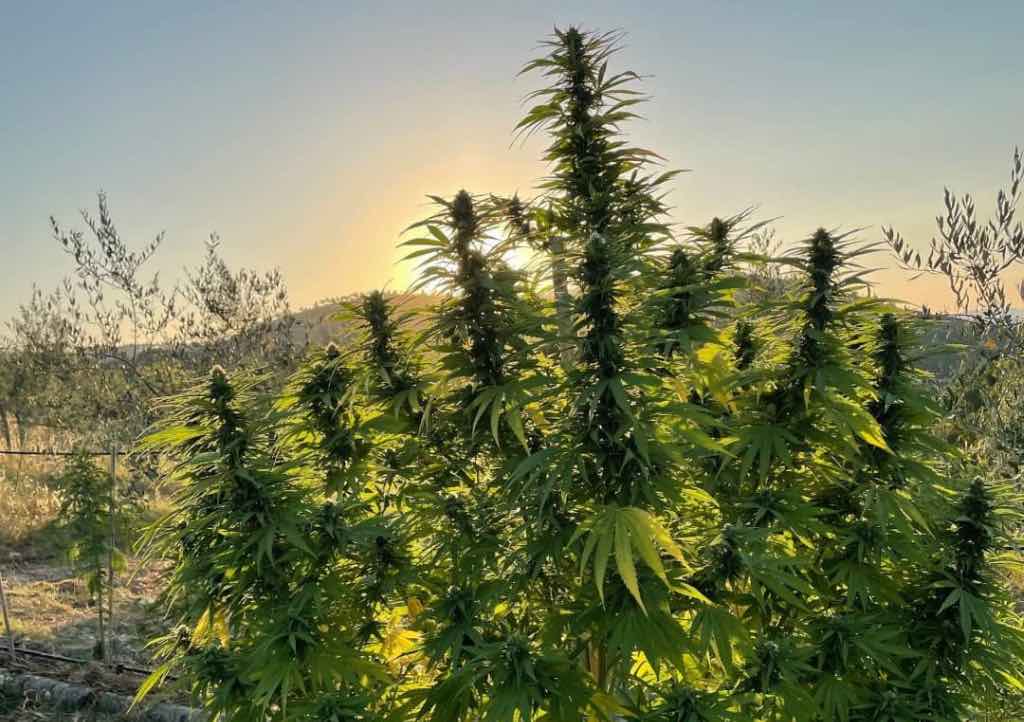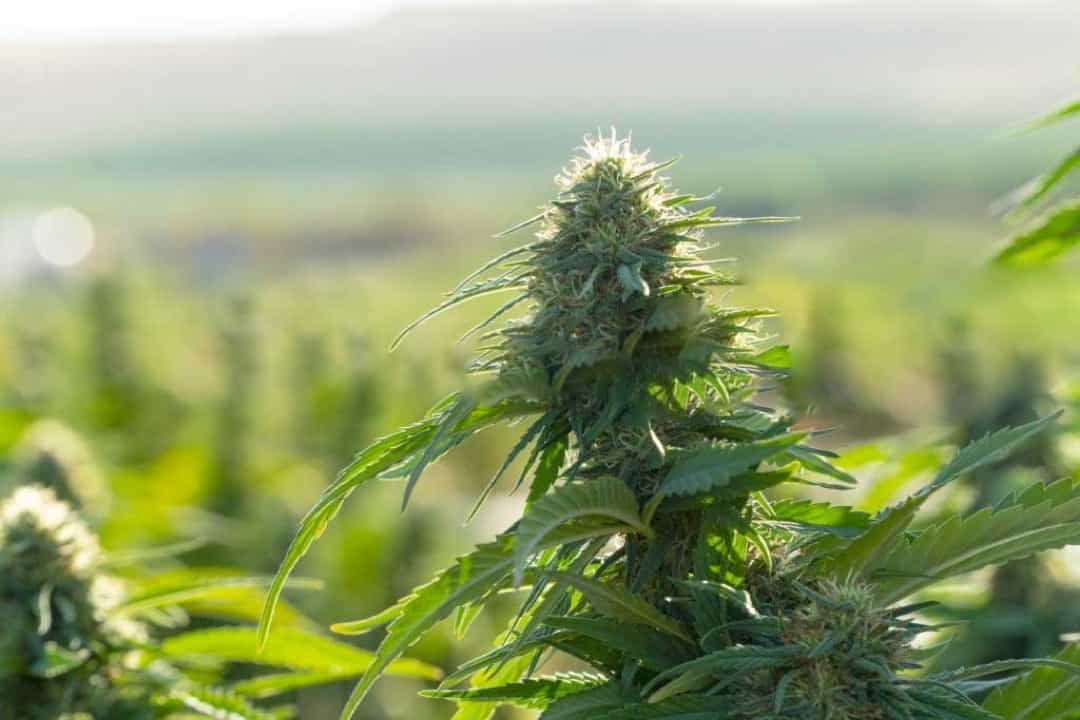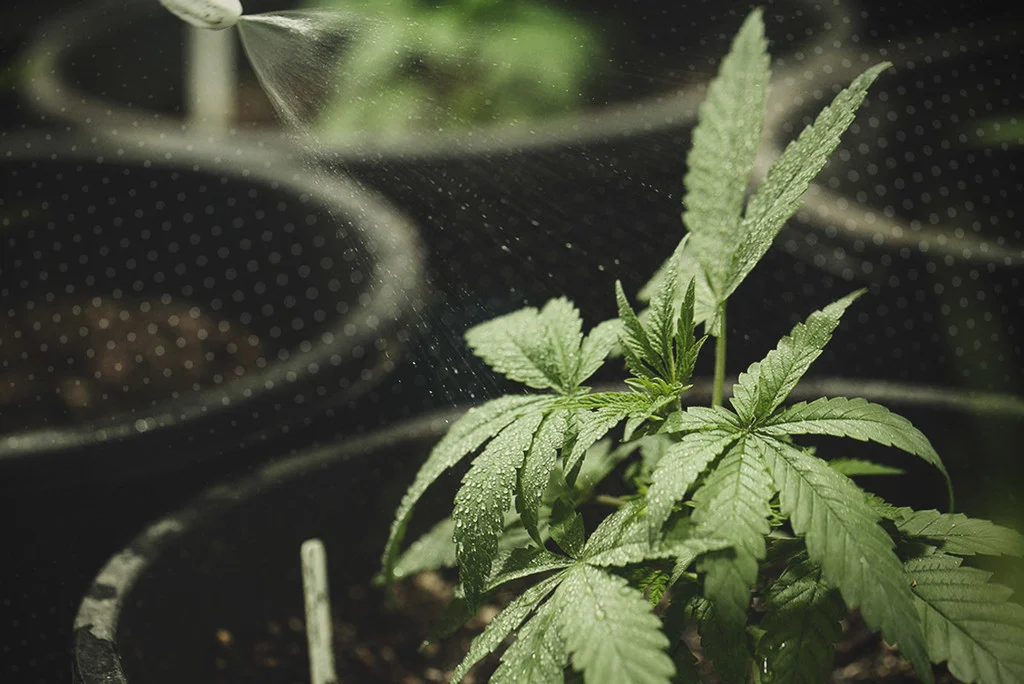Selecting the right weed seeds for your climate zone is pivotal for cultivating a successful cannabis garden.
With the vast diversity in cannabis strains, understanding the specific needs and adaptations of different varieties to climate conditions can greatly influence the yield, potency, and overall health of your plants.
This comprehensive guide empowers you with the knowledge to make informed decisions when selecting seeds, ensuring a thriving cannabis crop that is well-suited to your local environmental conditions.
Understanding Your Climate Zone

Identifying Your Zone
The first step in selecting the right cannabis seeds involves identifying your specific climate zone. Climate zones are categorized based on temperature, humidity, elevation, and season length.
Utilizing resources like the USDA Plant Hardiness Zone Map for the United States or similar guides relevant to your country can provide a foundational understanding of your local climate characteristics.
Climate Considerations
- Temperature Extremes: Consider the average high and low temperatures throughout the growing season. Some cannabis strains are resilient to heat, while others are more cold-hardy.
- Humidity Levels: High humidity can lead to mold and mildew in susceptible strains. Arid climates may require more drought-resistant strains.
- Season Length: The duration of your growing season is crucial. Indica strains, for example, generally have shorter flowering times, which is suitable for cooler climates with shorter growing seasons, while sativas require a longer season to mature fully.
Selecting Strains for Temperature and Humidity

Warm and Humid Climates
Selecting mold-resistant strains is essential for growers in warmer, more humid climates. Sativa strains or sativa-dominant hybrids are often well-suited to these conditions, thanks to their longer flowering times and more open bud structure, which allows for better air circulation.
Cold and Arid Climates
Indica strains or Indica-dominant hybrids can be ideal in colder, drier climates. These strains are typically more compact and robust, with a shorter flowering cycle that allows them to be harvested before the onset of freezing temperatures. Additionally, their denser bud structure can withstand lower humidity levels without significant risk of desiccation.
Finding a reputable source is the next crucial step for those ready to start their cultivation journey with the right strain in hand.
Discovering the best weed seed banks that cater to a wide range of climates and offer strains resilient to specific environmental challenges is vital. For detailed insights on selecting the top seed banks, consider reading this comprehensive guide on the best weed seed banks. This resource is designed to help you identify trustworthy vendors that provide quality seeds, ensuring a successful and productive grow.
Soil and Topography Considerations
Analyzing Soil Conditions
- Soil Type: Certain cannabis strains thrive in specific soil types, such as loamy, sandy, or clay soils. Understanding your soil composition can guide your strain selection towards those with known adaptability to similar conditions.
- pH Level: The soil pH can significantly affect plant health. While cannabis generally prefers a pH between 6.0 and 7.0, some strains have tolerance for slight deviations from this range.
Topographical Influence
The topography of your growing area can influence microclimates, affecting temperature, sunlight exposure, and wind patterns. For instance, slopes facing the sun tend to be warmer, favoring strains that require more heat, while valleys may be cooler and more humid, suitable for different varieties.
Water Availability and Quality

Efficient Water Use
In regions where water is scarce, opting for drought-resistant strains is crucial. These plants typically require less frequent watering, making them more sustainable for arid climates. Techniques such as mulching and the use of water-retentive soil amendments can further enhance water efficiency.
Water Quality and Cannabis Health
The water quality used for irrigation, including its pH and mineral content, can impact plant growth and strain viability. Strains vary in their sensitivity to water quality; thus, it’s important to match your water’s characteristics with the needs of your chosen strain.
Conclusion
Choosing the right weed seeds for your climate zone is a nuanced process that requires a thorough understanding of your local environment and the specific needs of different cannabis strains.
By considering factors such as temperature, humidity, soil type, and water availability, cultivators can select strains that are adapted to their climate and capable of producing optimal yields and quality. Embracing this approach ensures a harmonious relationship between the cannabis plant and its environment, leading to a more successful and sustainable cultivation experience.





